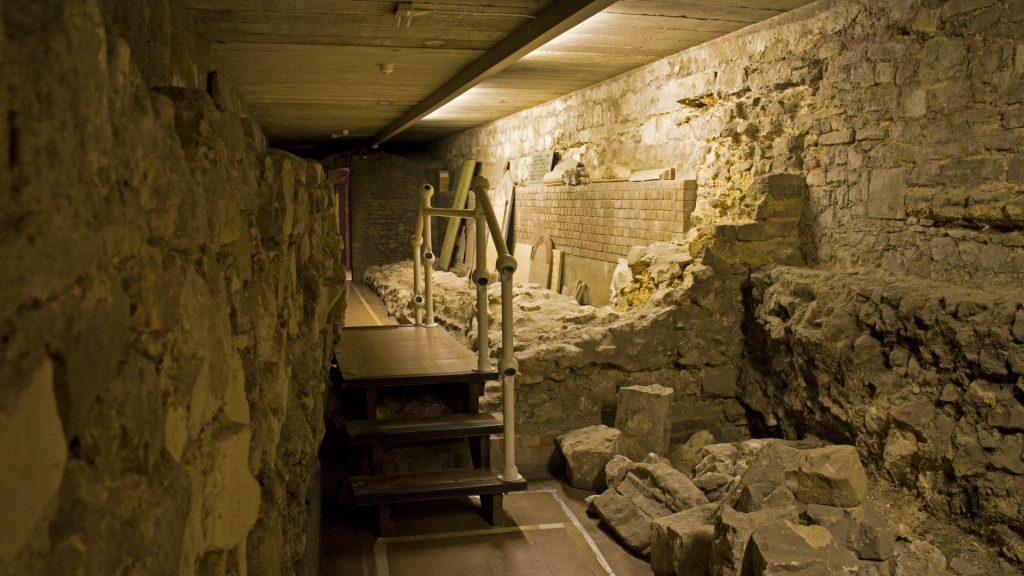Workers have found one of the most important and famous roads in Roman England.
Others are reading now
Construction workers installing pipes for a heating system in southwest London made an extraordinary find: layers of compacted gravel, sand, and chalk buried beneath Old Kent Road.
These materials were revealed to be part of Watling Street, one of Roman Britain’s most famous roadways, according to Historie.
A Road of Historical Importance
Watling Street, constructed shortly after the Roman invasion of Britain in 43 AD, served as a vital artery of the Roman Empire.
The road connected the port city of Dubris (modern-day Dover) on the English Channel to Viroconium Cornoviorum (modern-day Wroxeter) in Shropshire, passing through major Roman settlements like Regulbium (Reculver) and Londinium (London).
Also read
This critical infrastructure not only linked Roman towns across Britain but also connected the island to the broader Roman Empire via Dover.
Although Watling Street’s historical existence has been well-documented, its exact course beneath modern-day London remained speculative — until now.
The discovery provides new insights into Roman road construction techniques and reshapes the understanding of Roman urban planning in Southwark.
Lead archaeologist Gillian King remarked in a press release: “This find changes the Roman map of Southwark and contributes new knowledge about Roman building techniques in general. It is crucial for archaeological research in London.”
Archaeological Highlights
-
Construction Techniques: The roadbed consisted of 1.4 meters of layered gravel, sand, and chalk, demonstrating the durability and meticulous engineering of Roman roads.
-
Historical Context: Watling Street played a key role in Roman Britain’s history. The Celtic Queen Boudicca is believed to have suffered her final defeat at its northern section during her rebellion against Roman rule in 61 AD.
-
Documentation: The road is referenced in the Itinerarium Antonini Augusti, a Roman register detailing the empire’s road network.
The discovery redefines the archaeological understanding of Roman London, shedding light on the integration of ancient infrastructure with the modern cityscape.


